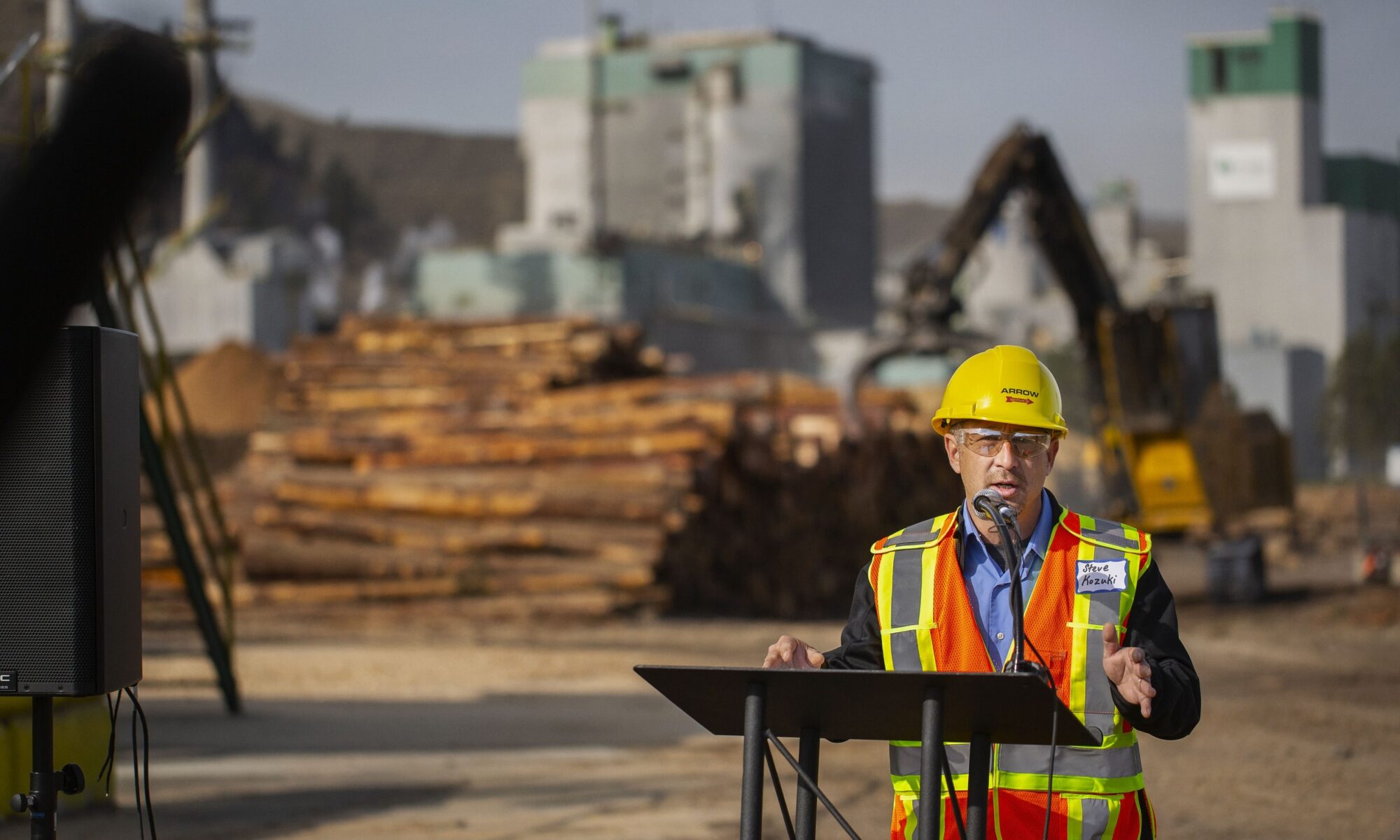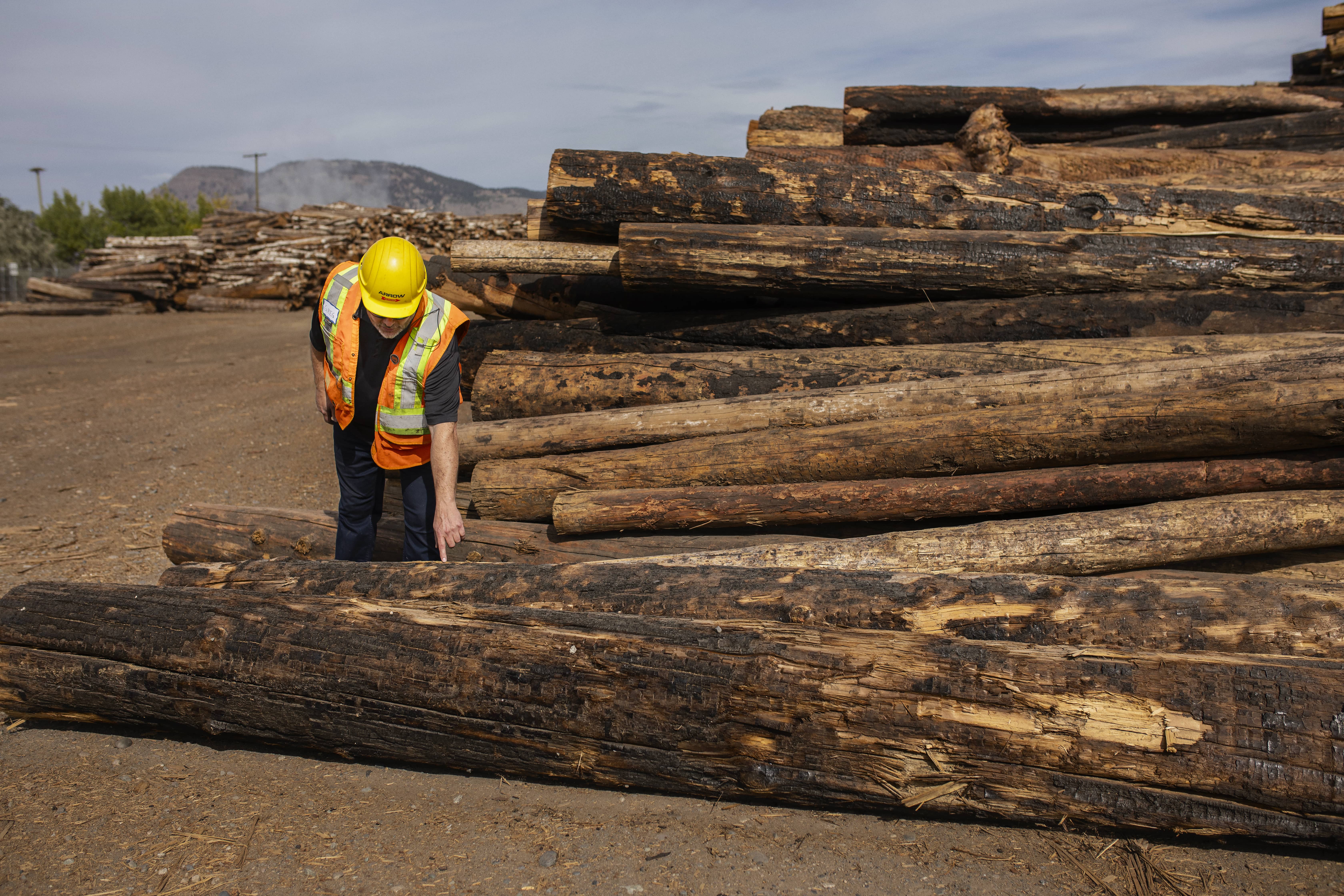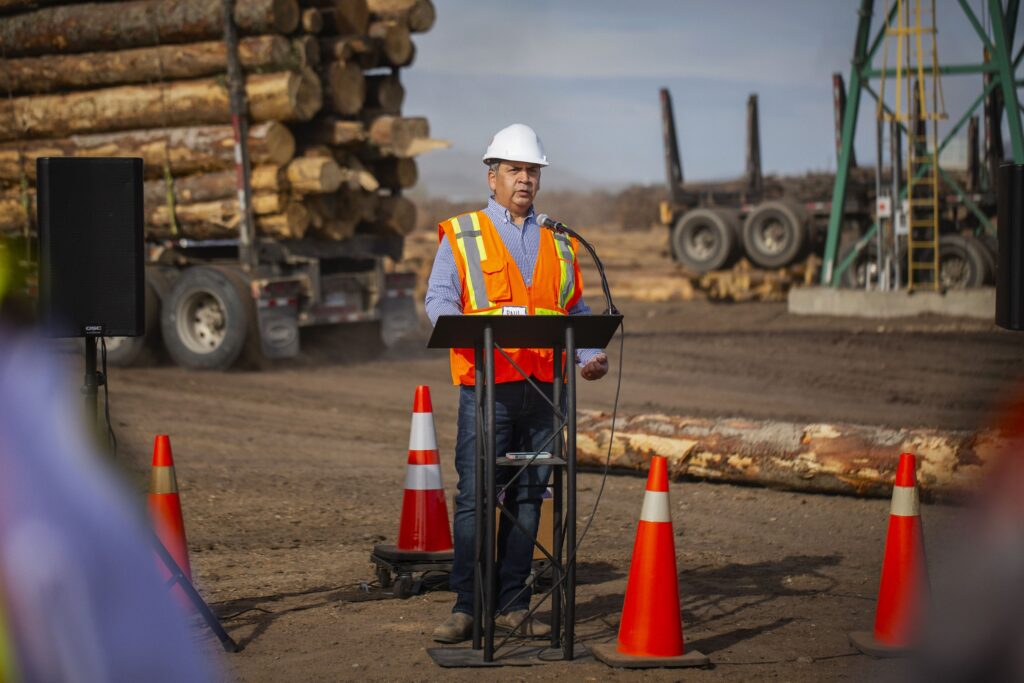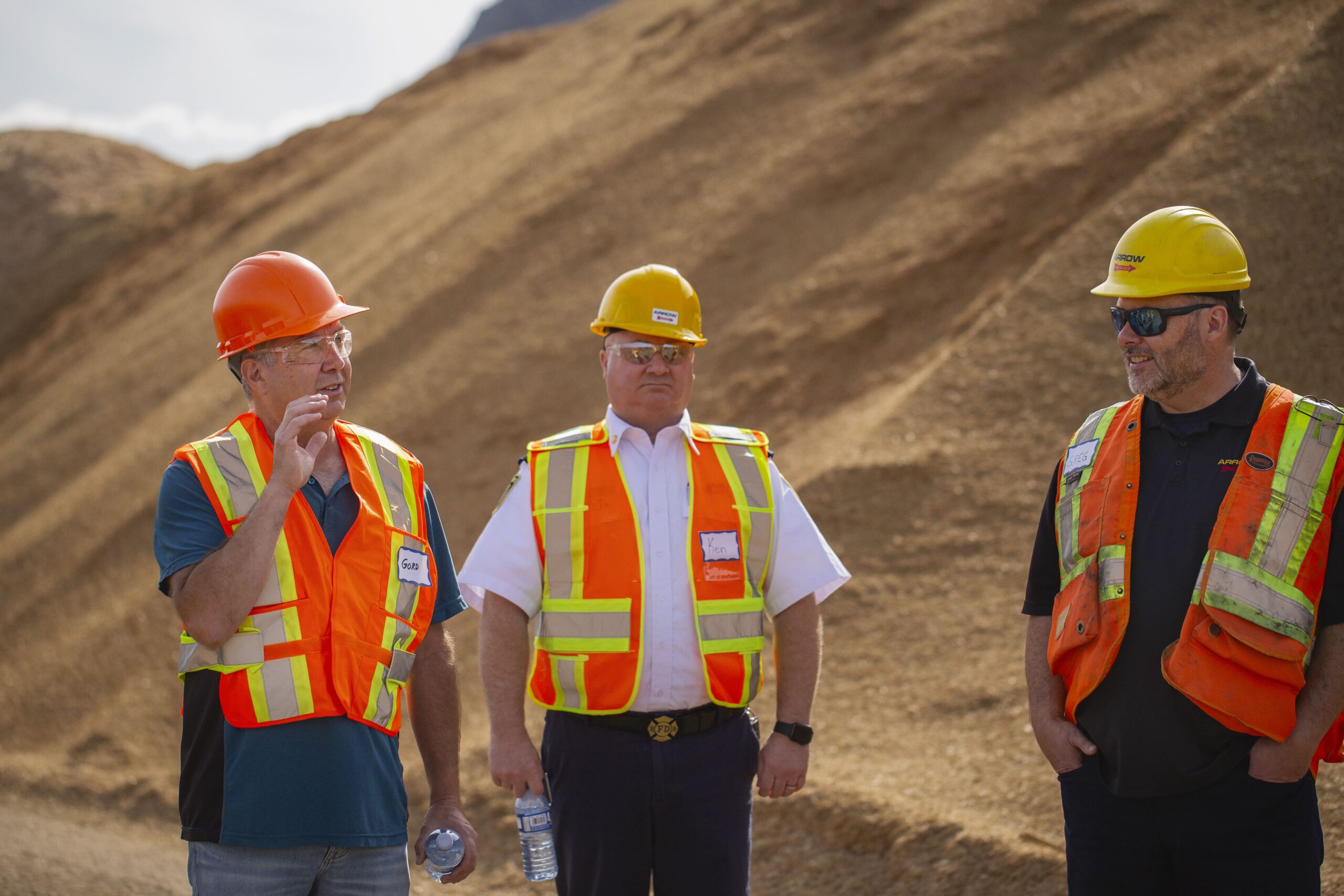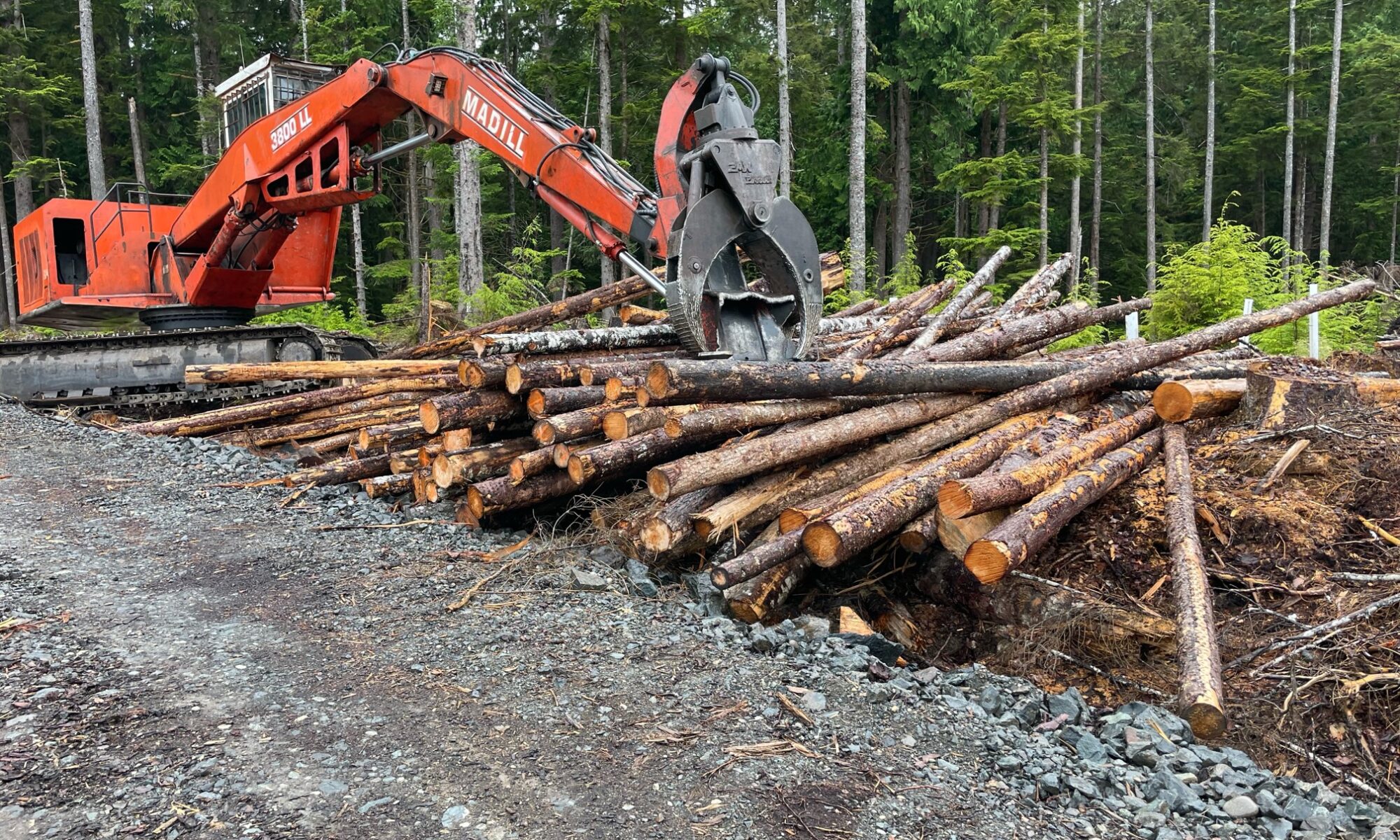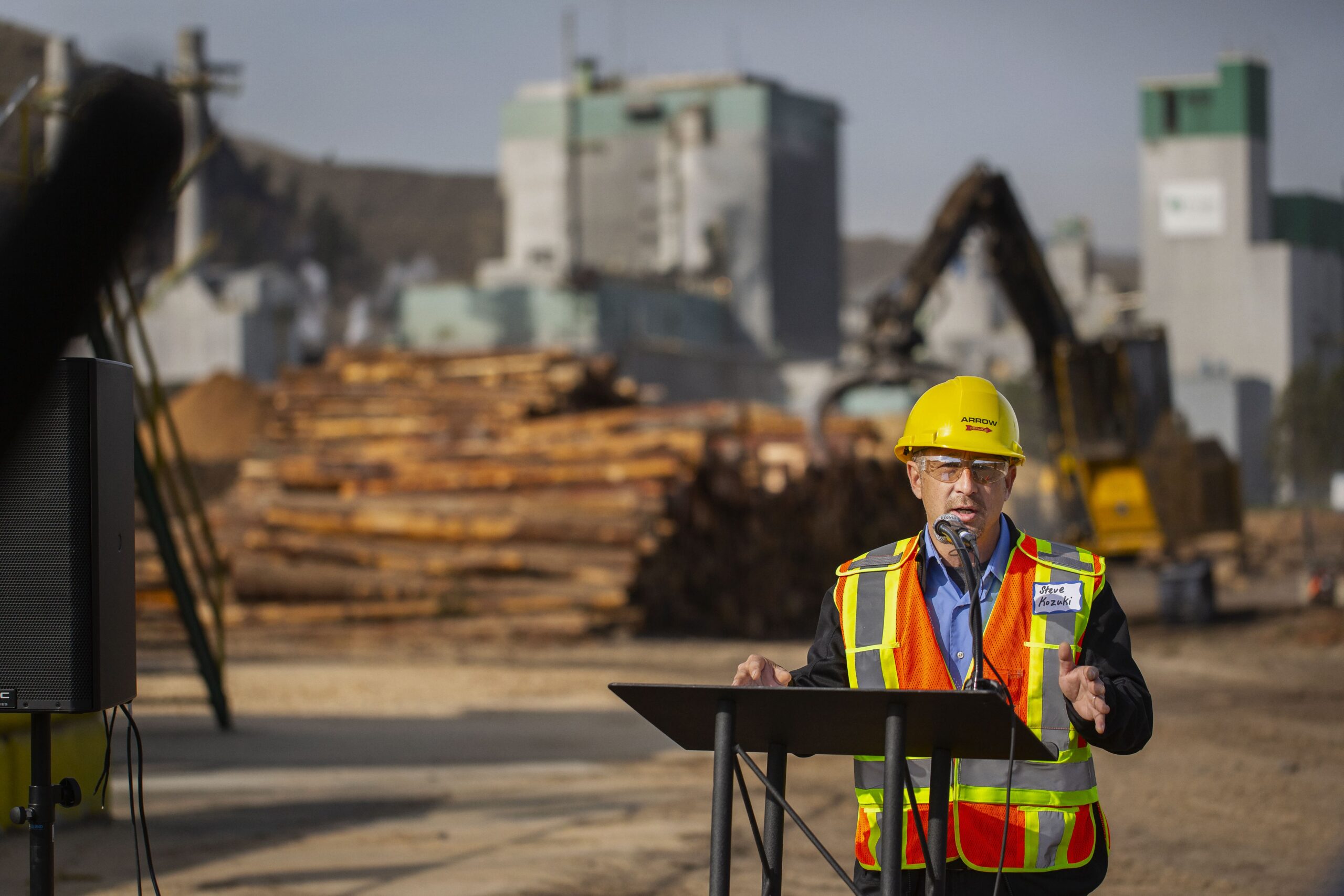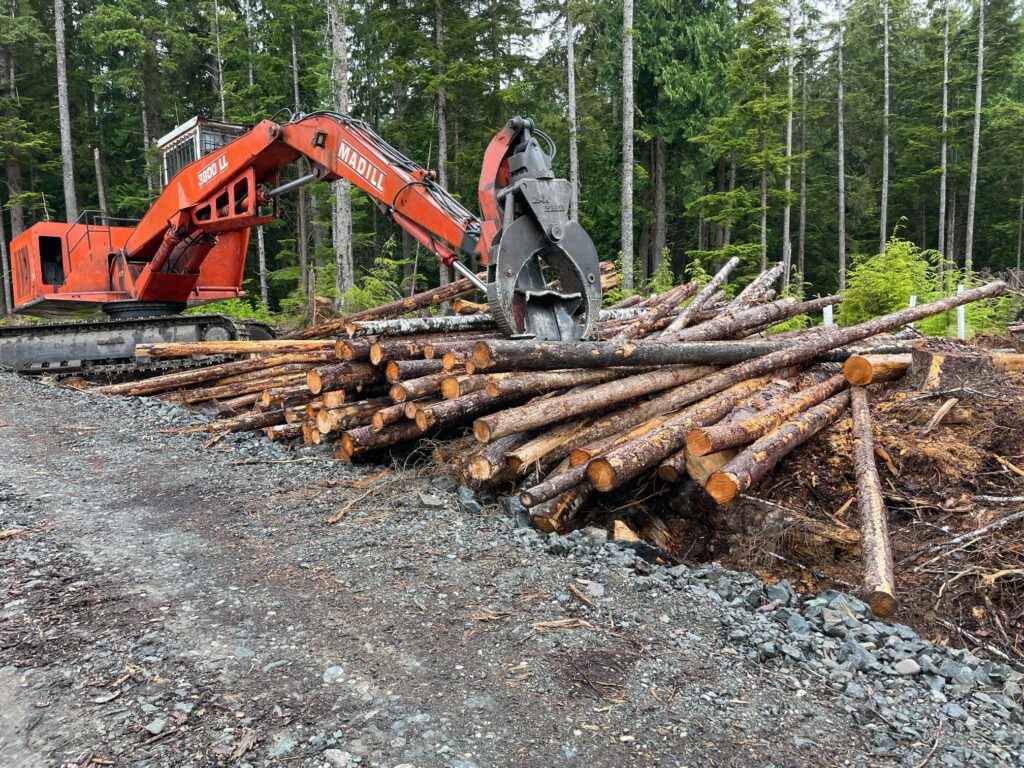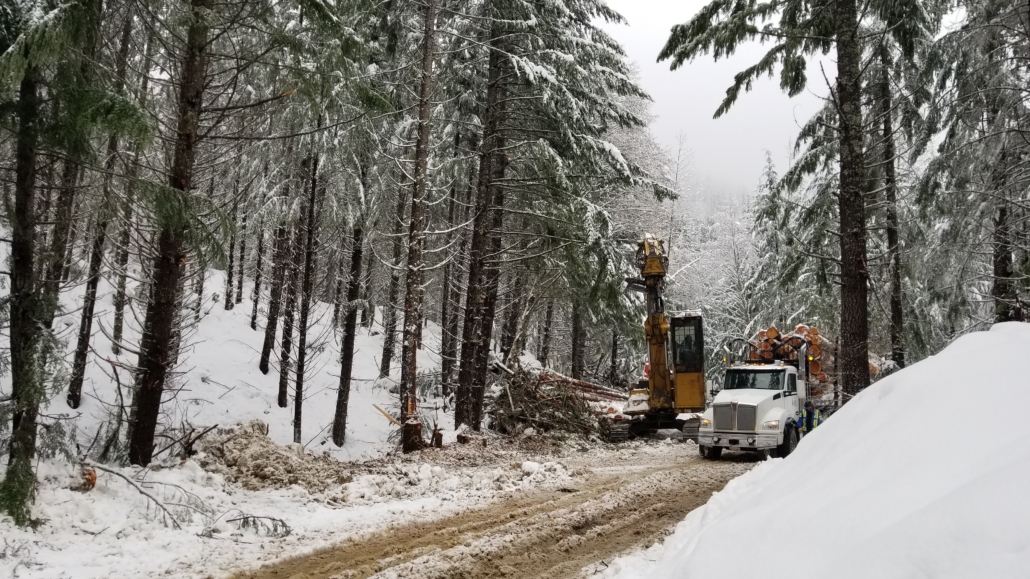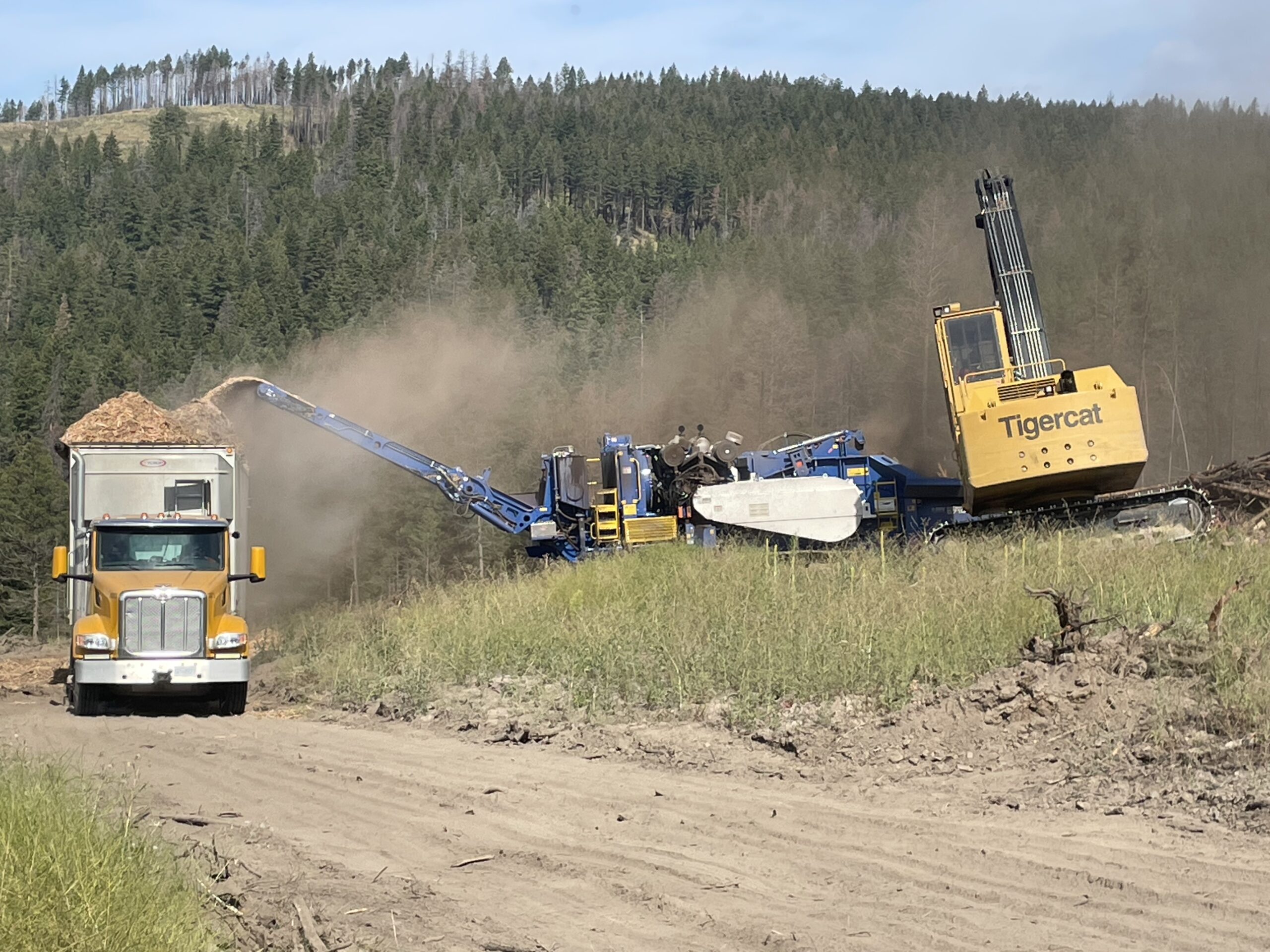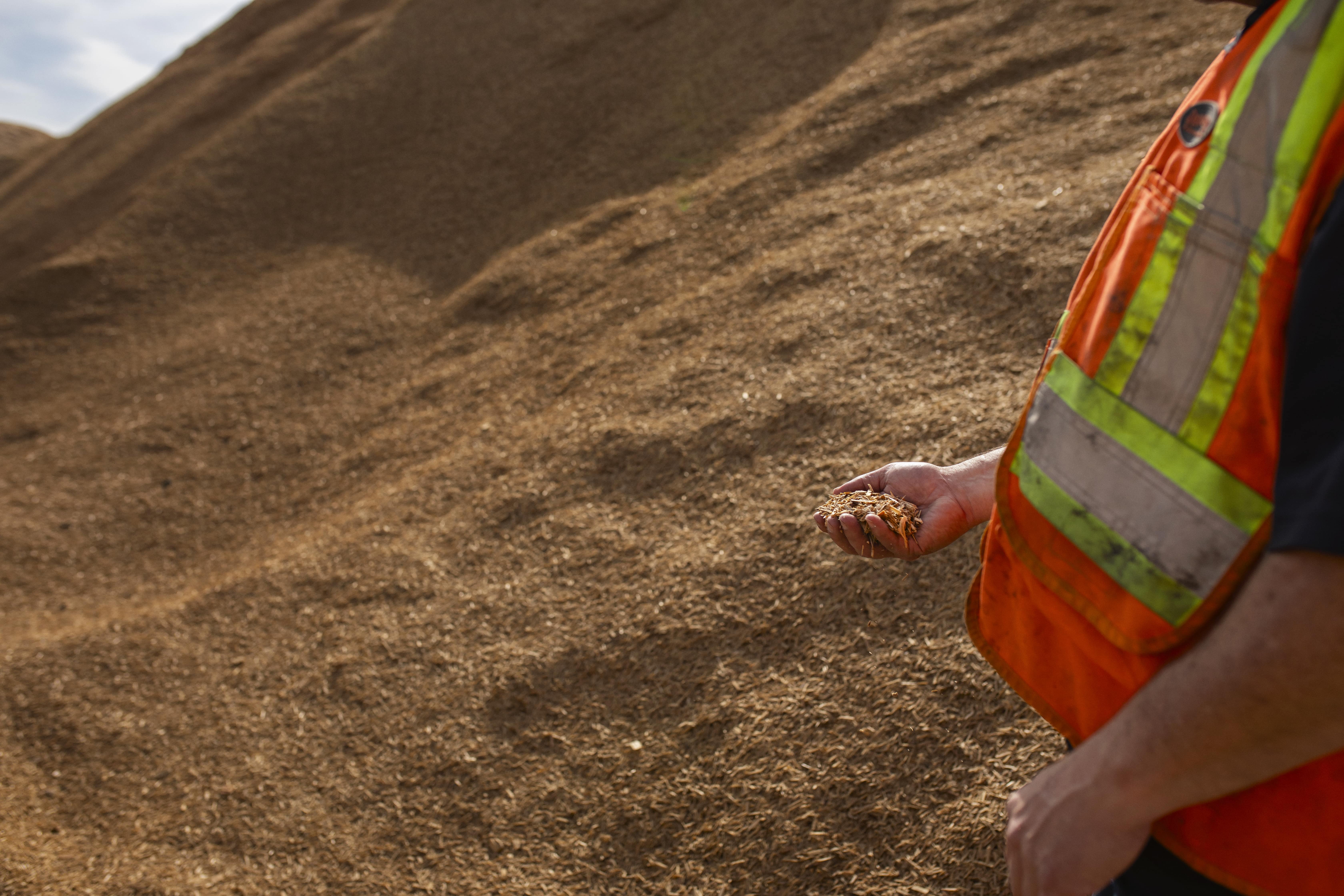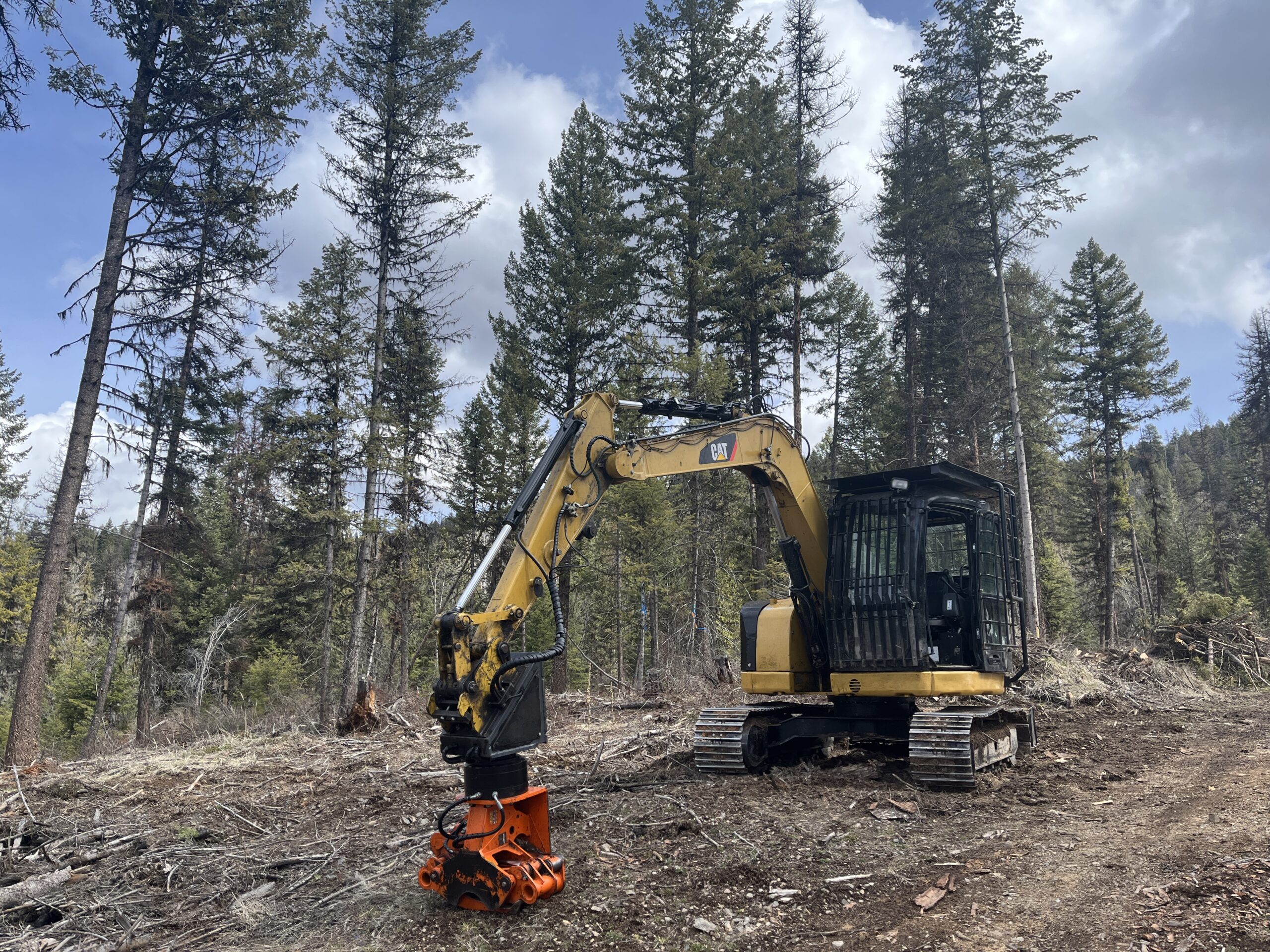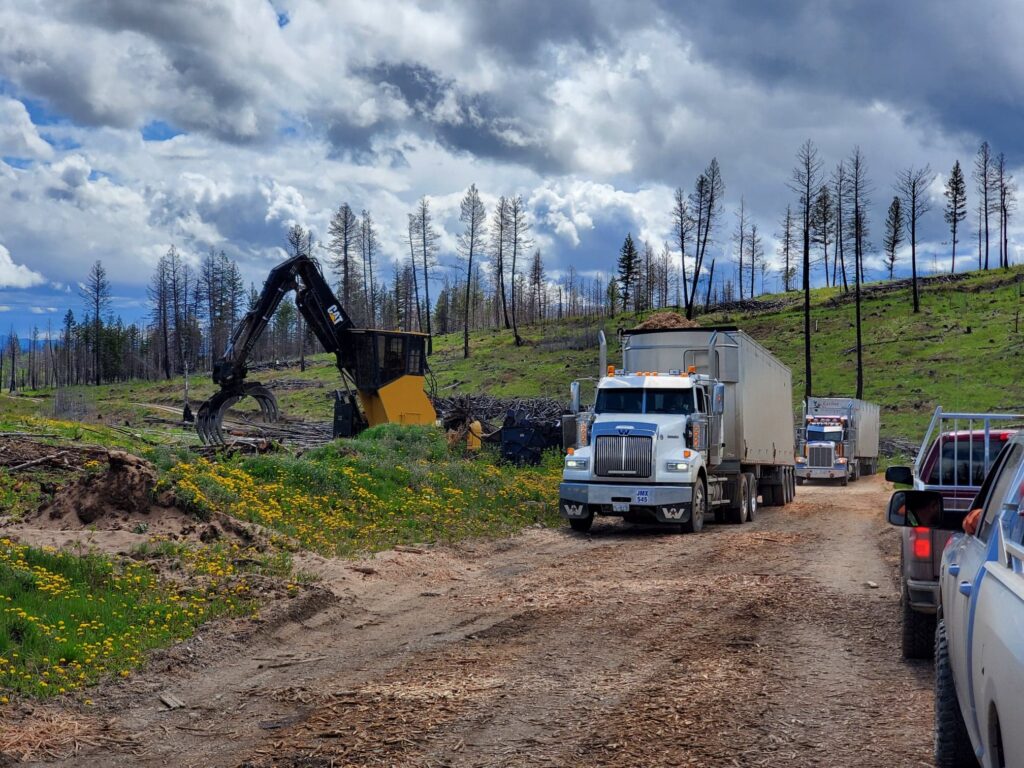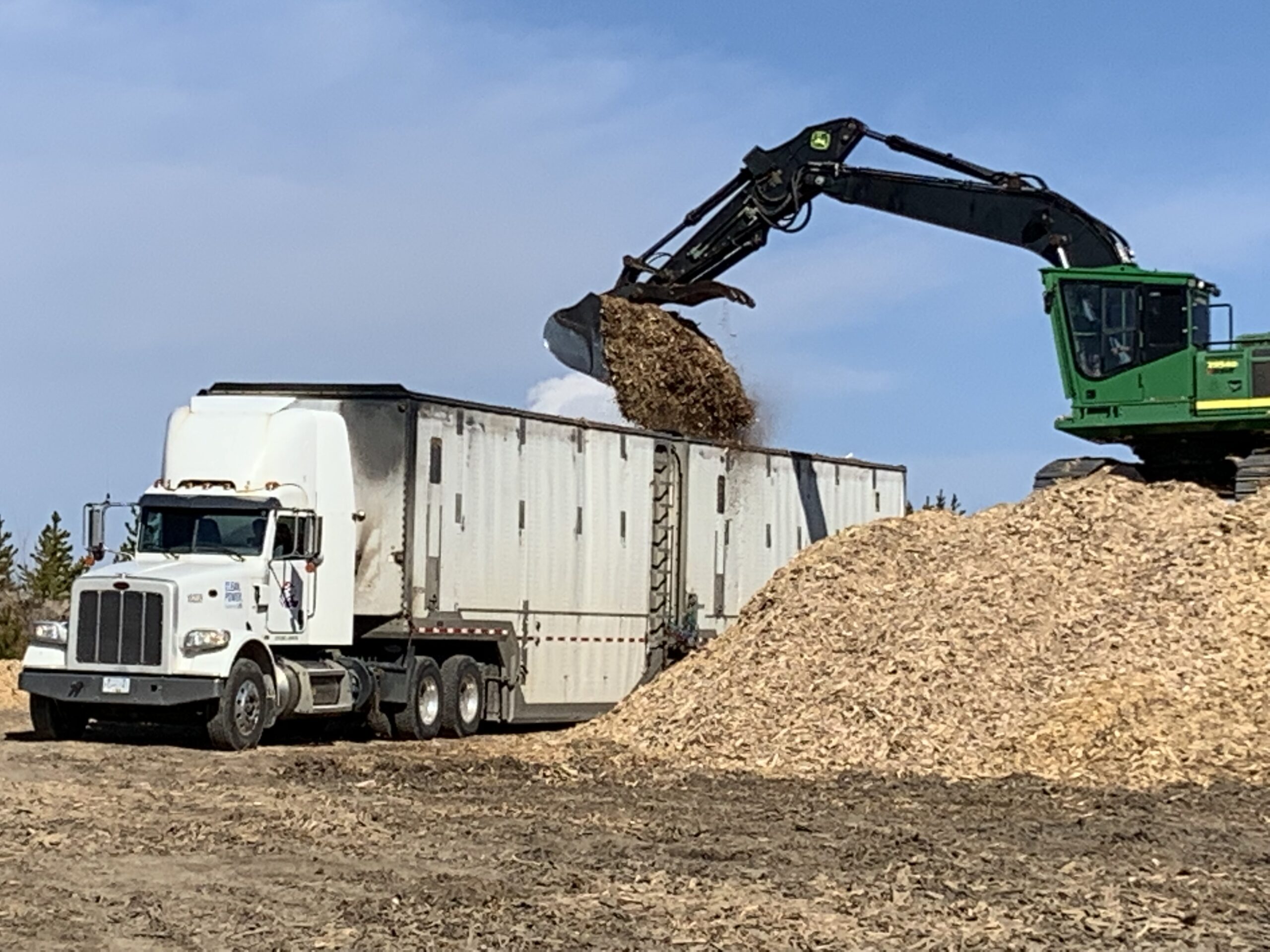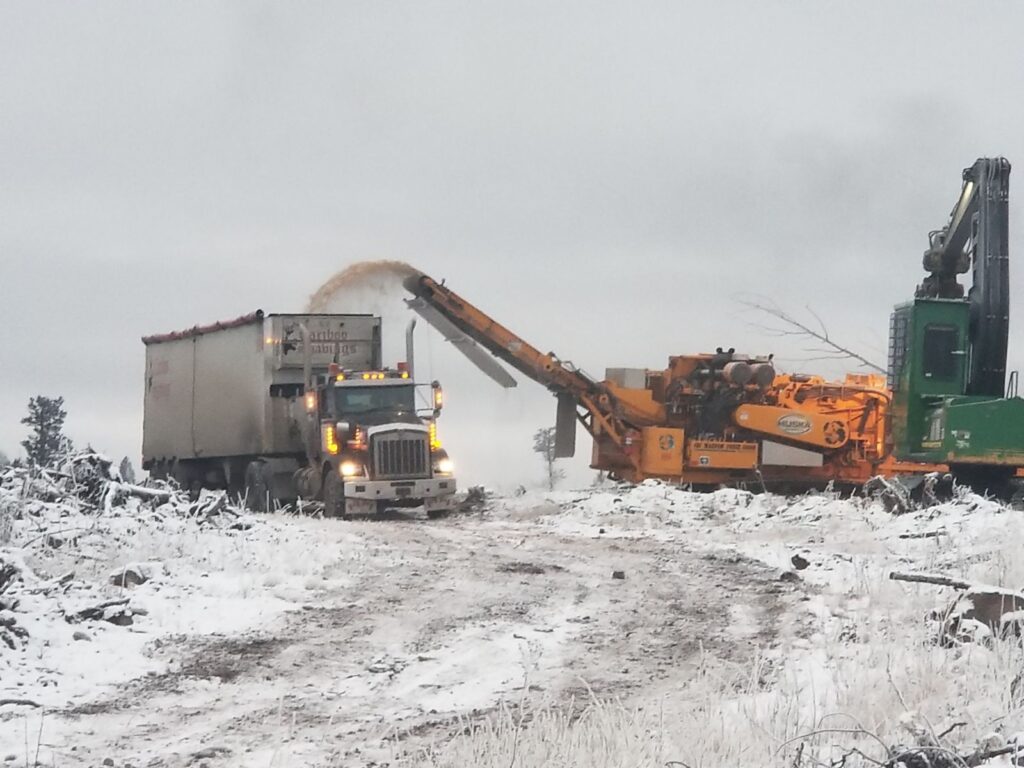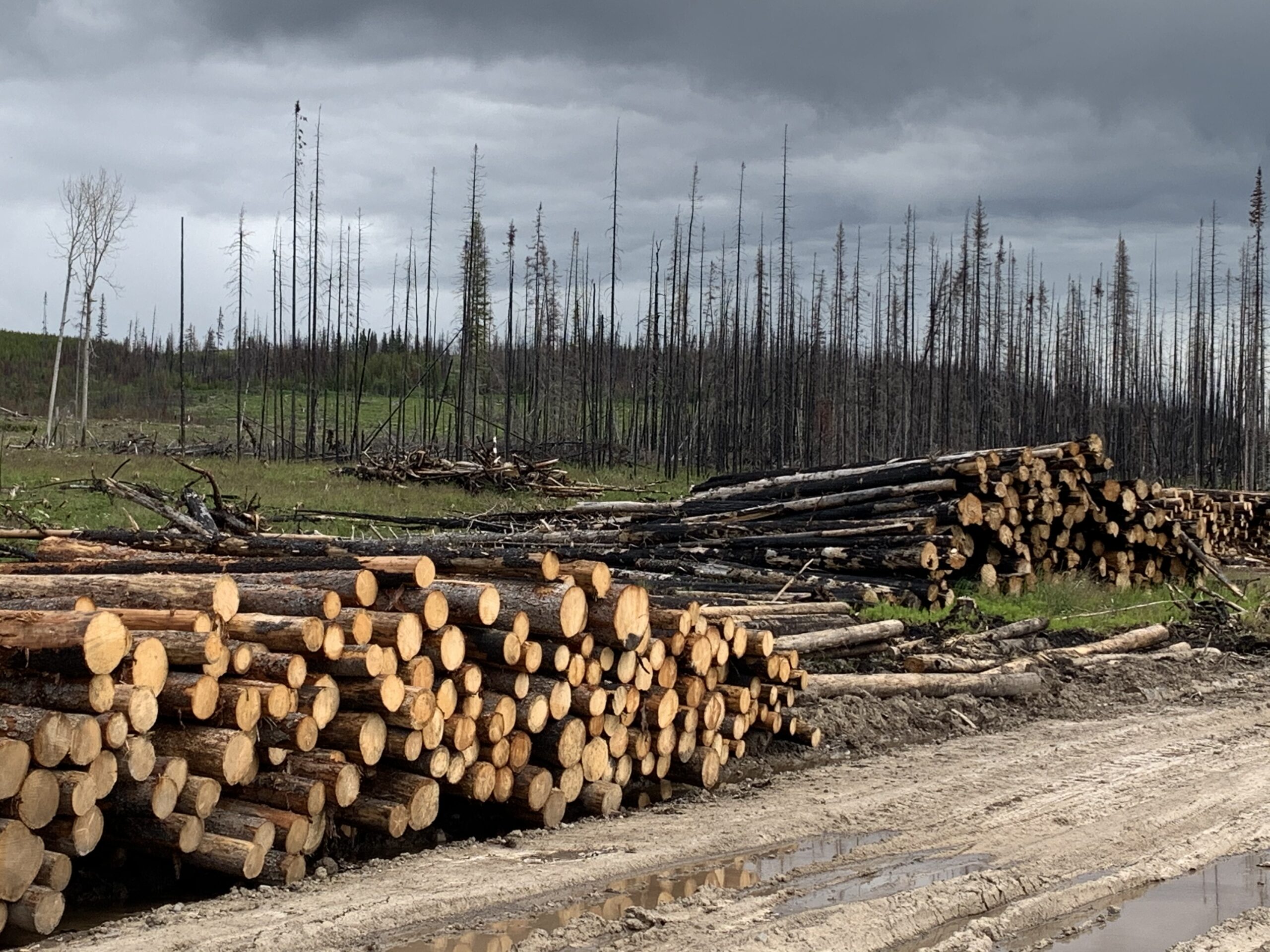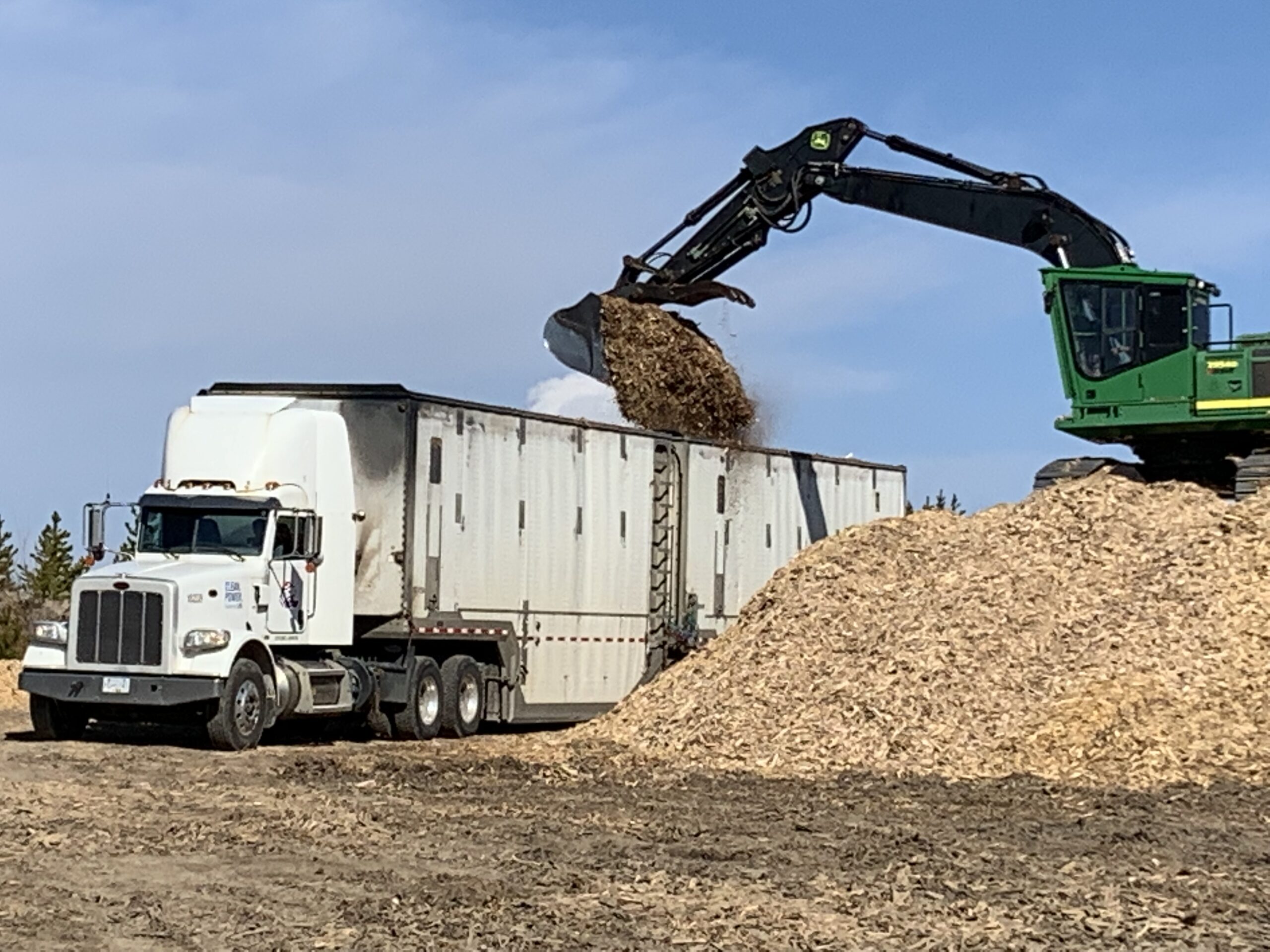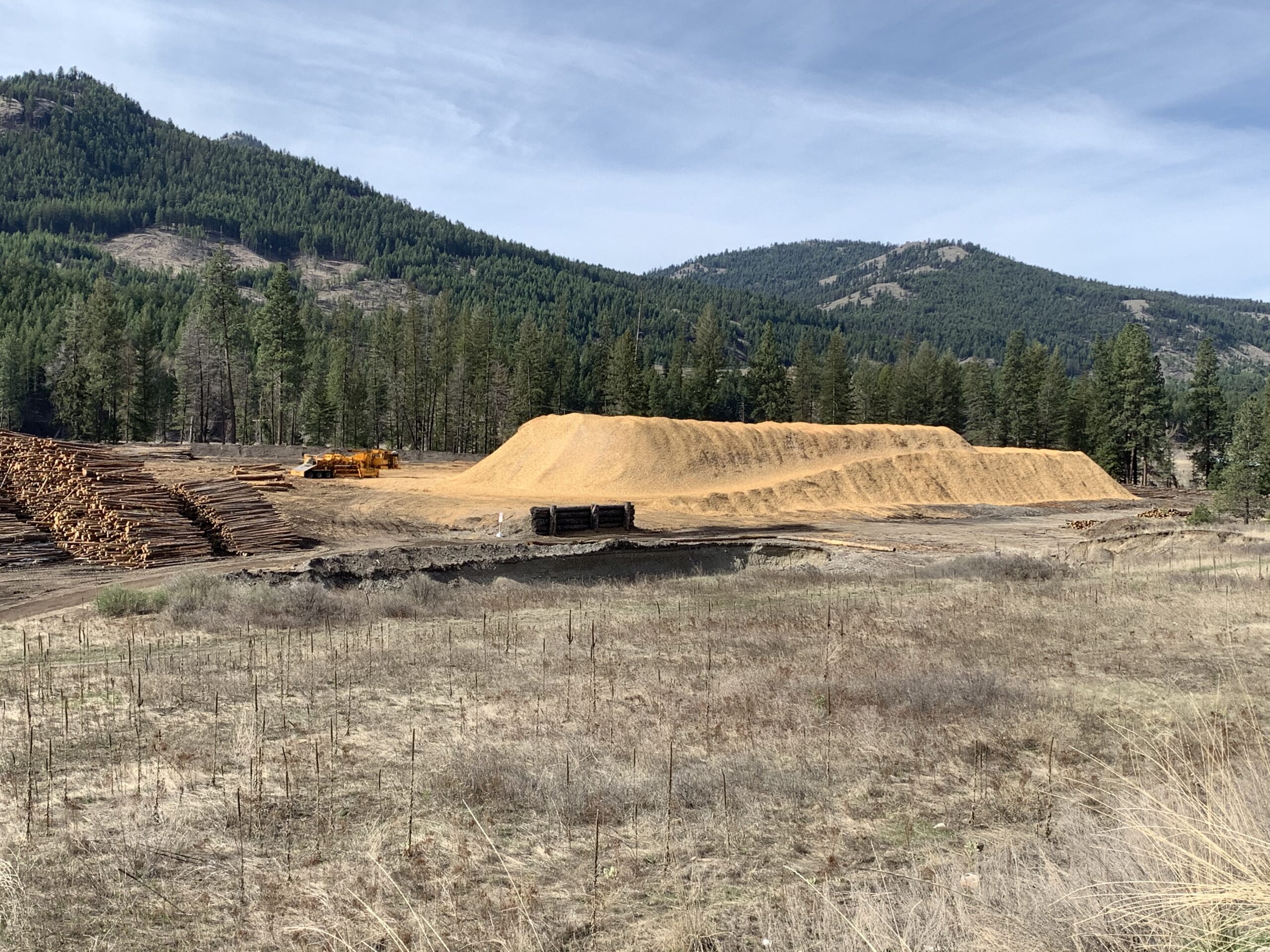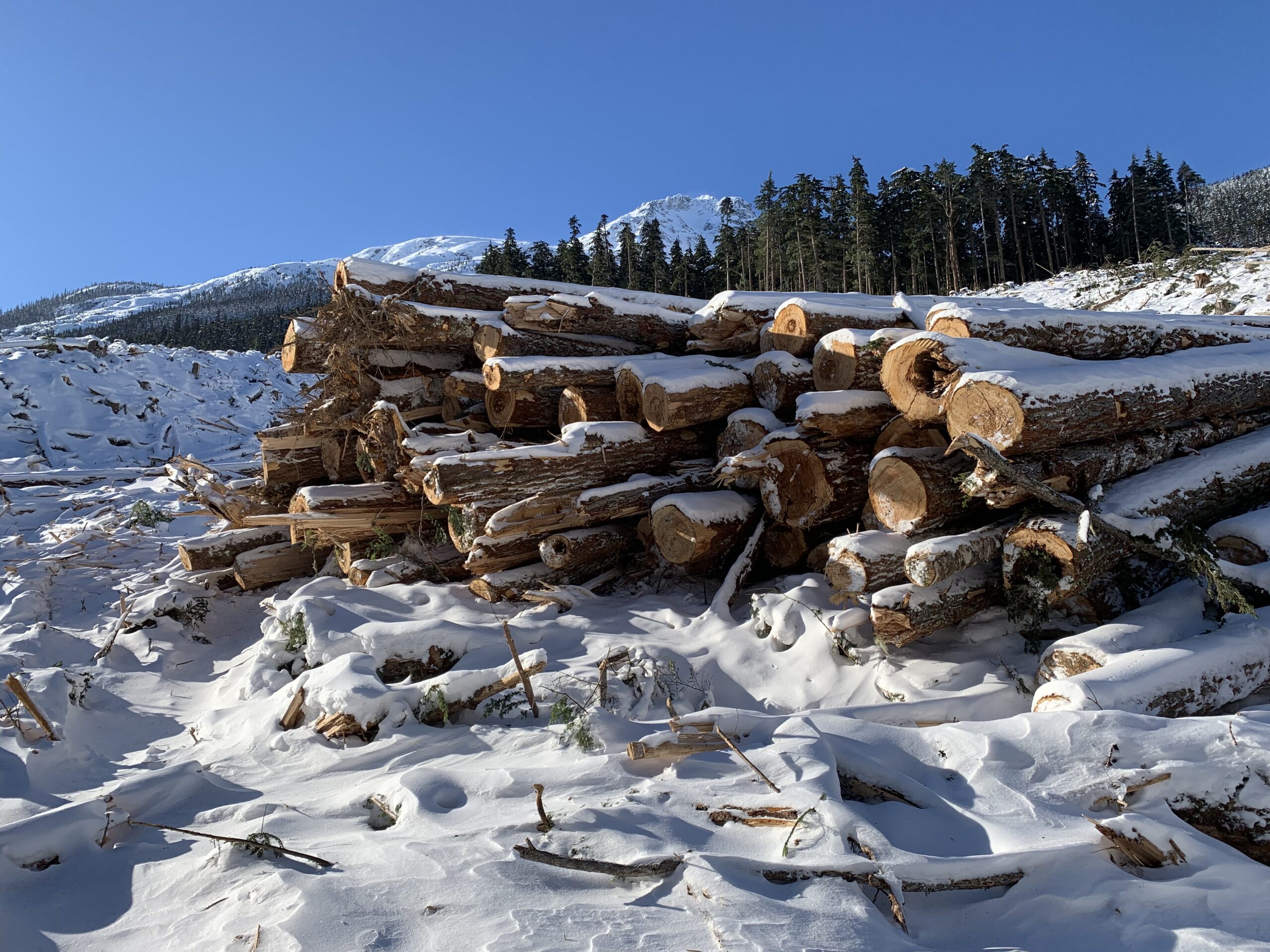The Forest Enhancement Society of BC Announces 42 Newly Funded Projects
Kamloops, B.C. – At a press event at River City Fibre in Kamloops, the executive director of the Forest Enhancement Society of BC (FESBC), Steve Kozuki, announced 42 newly funded forest enhancement projects. These projects throughout the province of B.C. will either assist with the delivery of uneconomic forest fibre to pulp and pellet mills or green energy facilities, or will help communities reduce their wildfire risk.
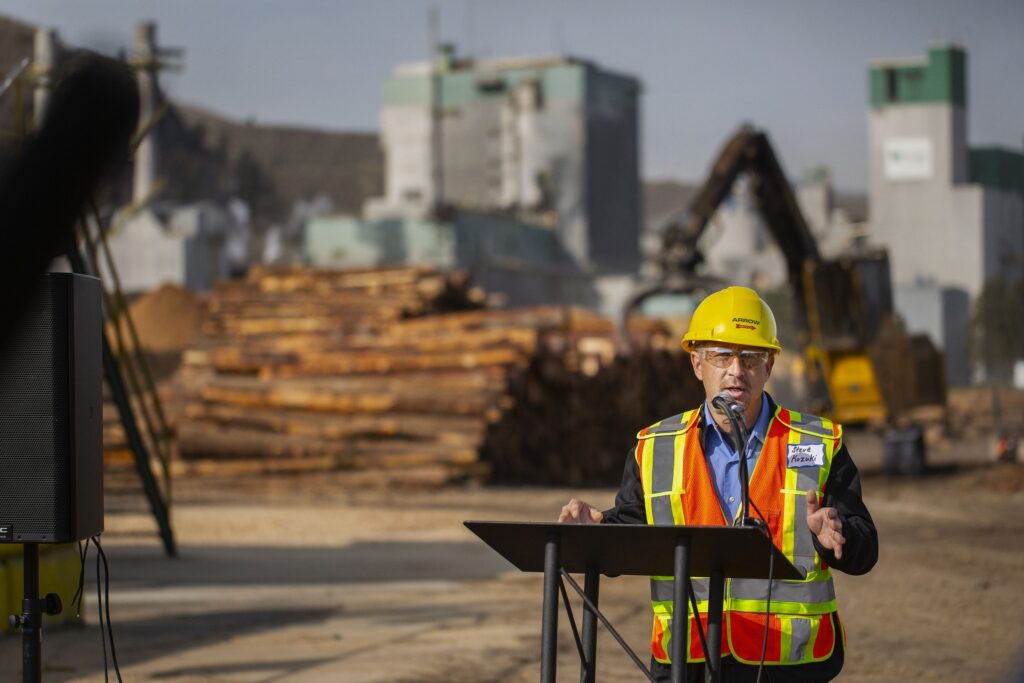
Photo Credit: Tiffany Christianson Photography.
“The funding provided by the Forest Enhancement Society of BC is a testament to the Government of British Columbia’s drive to foster environmental sustainability and community wildfire risk reduction. Their support of these transformative projects demonstrates their commitment to helping communities reduce their risk of catastrophic wildfire events and transforming waste wood into green energy and sustainable products. They are taking action on climate change while at the same time promoting job growth and community resiliency throughout our province,” said Kozuki.
These newly funded projects come as a result of the $50 million given to FESBC earlier this year by the Ministry of Forests to boost fibre supply by utilizing uneconomic fibre and reduce wildfire risk while also supporting workers and communities.
“Our forests have endured some very difficult years of late. Devastating wildfires, pine beetle epidemics and the effects of climate change have stressed the environment more than ever before, with direct impacts felt by rural and First Nations communities,” said Bruce Ralston, Minister of Forests. “By using burned or damaged wood, projects around B.C. are providing the forest industry with fibre and are actively increasing our resilience to future wildfires.”
As a part of one project, led by Simpcw Resources Group, funding will enable low-quality logs from outside the current economic range of Simpcw Resources Group’s operations to Arrow and Kruger, instead of being piled and burned.
Kevin Gayfer, RPF, Regional Manager, Arrow noted that “The funding from FESBC plays a pivotal role in supporting the utilization of forest fibre that would otherwise go to waste. This investment not only drives economic growth but also contributes to environmental sustainability through a net reduction of carbon emissions in the form of products derived from Kruger.”
The forest sector encompasses a diverse array of partners including First Nations, the pulp sector, the Provincial government, community forests, wood lots, loggers, silviculture companies, technology companies, and many, many others. Collaboration among these partners is crucial for success. By working together, a sustainable and prosperous future for our forests, workers, and communities can be achieved.
The broader collection of projects funded by FESBC demonstrates the collective efforts being taken to revolutionize the relationship with the forest. These initiatives will utilize waste wood to produce green energy and sustainable products, reducing our reliance on fossil fuels and plastics that have long dominated our everyday lives.
“With challenges such as insect epidemics, devastating wildfires, and the need to conserve old growth and wildlife habitat, it is crucial to find innovative solutions,” said Kozuki. “The declining timber supply has amplified the importance of utilizing leftover forest fibre that would have otherwise gone to waste.”
Of the 42 new projects funded throughout the province, 24 projects have direct First Nations involvement, while eight have some First Nations involvement.
Second row (left to right): Greg Kilba, Division Manager and Log Buyer with Arrow Transportation Systems Ltd. speaks at a press conference in Kamloops hosted by the Forest Enhancement Society of BC; [l to r] Gord Pratt, Senior Manager with the Forest Enhancement Society of BC, Ken Uzeloc, Fire Chief with the City of Kamloops, and Greg Kilba, Division Manager and Log Buyer with Arrow Transportation Systems Ltd. on a tour at River City Fibre in Kamloops; A group of community leaders and forestry professionals on a tour at River City Fibre in Kamloops hosted by Arrow Transportation Systems Ltd., Kruger, and Simpcw Resource Group;
Photo credits: Tiffany Christianson photography.
ADDITIONAL QUOTES:
Omineca region: Canfor’s Pulp Incremental Haul Program for Pulplog
Kevin Edgson, President & CEO, Canfor Pulp: “We appreciate the grant funding the Forest Enhancement Society of BC awarded for our Incremental Pulplog Haul Program project. This funding allows Canfor Pulp to access and purchase pulp logs that are outside the economic radius we can normally operate within. It is particularly important at a time when the timber supply and the availability of sawmill residual chips is shrinking. This funding will provide assistance to harvesting and hauling contractors, enabling them to supply pulp facilities in nearby communities. We will be able to transform low-value logs, which would otherwise be burned, into higher value-added products. By doing so, it will help minimize waste, pollution and carbon emissions.”
Cariboo region: 2023 Central Chilcotin Rehabilitation Ltd. Fibre Utilization Project |
Michael Tomlinson, RPF, PAg, Consus Management Ltd.: “Central Chilcotin Rehabilitation Ltd. (CCR), in partnership with FESBC, has successfully diversified its business practices to enhance the utilization of forest fibre within the traditional territory of its partnered community and beyond. Furthermore, CCR remains committed to supporting government initiatives aimed at reducing our carbon footprint and enhancing our forests for the benefit of future generations.”
Thompson Okanagan region: Southern Interior Biomass Incremental Haul Costs project
Greg Kilba, Arrow: “We are excited about how FESBC has allowed us to utilize biomass logs that historically went up in smoke. FESBC has provided the funding that has allowed us to experiment with logs that had never been used for creating pulp in the past. Using fire-affected logs for pulp production came about from previous FESBC projects. In cooperation with FESBC, our hope is to continue to find innovative ways to be able to utilize fibre that historically had very little to no value. Through this initiative we have been able to bring in logs from further away that can be used for hog and pulp production. Together, we are making a difference, creating jobs, and making positive changes!”
Kootenay Boundary region: Osoyoos Indian Band/Celgar Fibre Recovery Partnership
Dan Macmaster, Osoyoos Indian Band: “Better fibre utilization from harvesting permits is very important to the Osoyoos Indian Band (OIB). Our commitment to responsible forestry practices goes beyond limiting brush piles and reducing burning; it extends to ensuring economic viability for logging contractors who are struggling to feasibly haul the low-value pulp logs out of the forest to a chipping facility. Led by the OIB Forestry Department, our project incentivizes licensees to utilize all logging fibre by funding the costs of hauling it to pulp mills or yards. With funding from the Forest Enhancement Society of BC, we can achieve our utilization objectives throughout the OIB’s traditional territory, resulting in better forest stewardship and a significant reduction in burning logging debris. This funding will provide the crucial financial support needed to process and transport pulp fibre, making a tangible impact on climate change and securing a sustainable future for our forests.”
South Coast region: Lil’wat Fibre Recovery 2023-2024 project
Klay Tindall, General Manager of Forest Operations for the Líl̓wat Forestry Ventures LP.: “We are truly excited about the funding we have received from the Forest Enhancement Society of BC (FESBC) for our Lil’wat Fibre Recovery 2023-2024 project. This funding enables us to turn our vision into action and make a tangible impact on our local environment, economy, and community. We recognize the importance of partnerships and collaboration in achieving our goals, and we look forward to sharing our progress and success with FESBC and the broader community.”
West Coast region: CRIBCO Forest Products Ltd. – Heydon Bay
Chief Chris Roberts, Wei Wai Kum: “The FESBC Funding will help CRIBCO, a forest company wholly owned by Wei Wai Kum Nation, utilize low-value and low-end pulp material from our remote, high-cost tenures we hold in our Territory. Utilizing this material from the operating areas is an important part of sustainable resource extraction and something that our Nation has been focused on. The funding FESBC is providing CRIBCO is a win-win for CRIBCO and the Nation, and we look forward to additional opportunities of working with FESBC to assist the Nation with innovation in the forest sector to meet our stewardship and sustainability objectives.”
FESBC would like to gratefully acknowledge the financial support of the Province of British Columbia through the Ministry of Forests.

